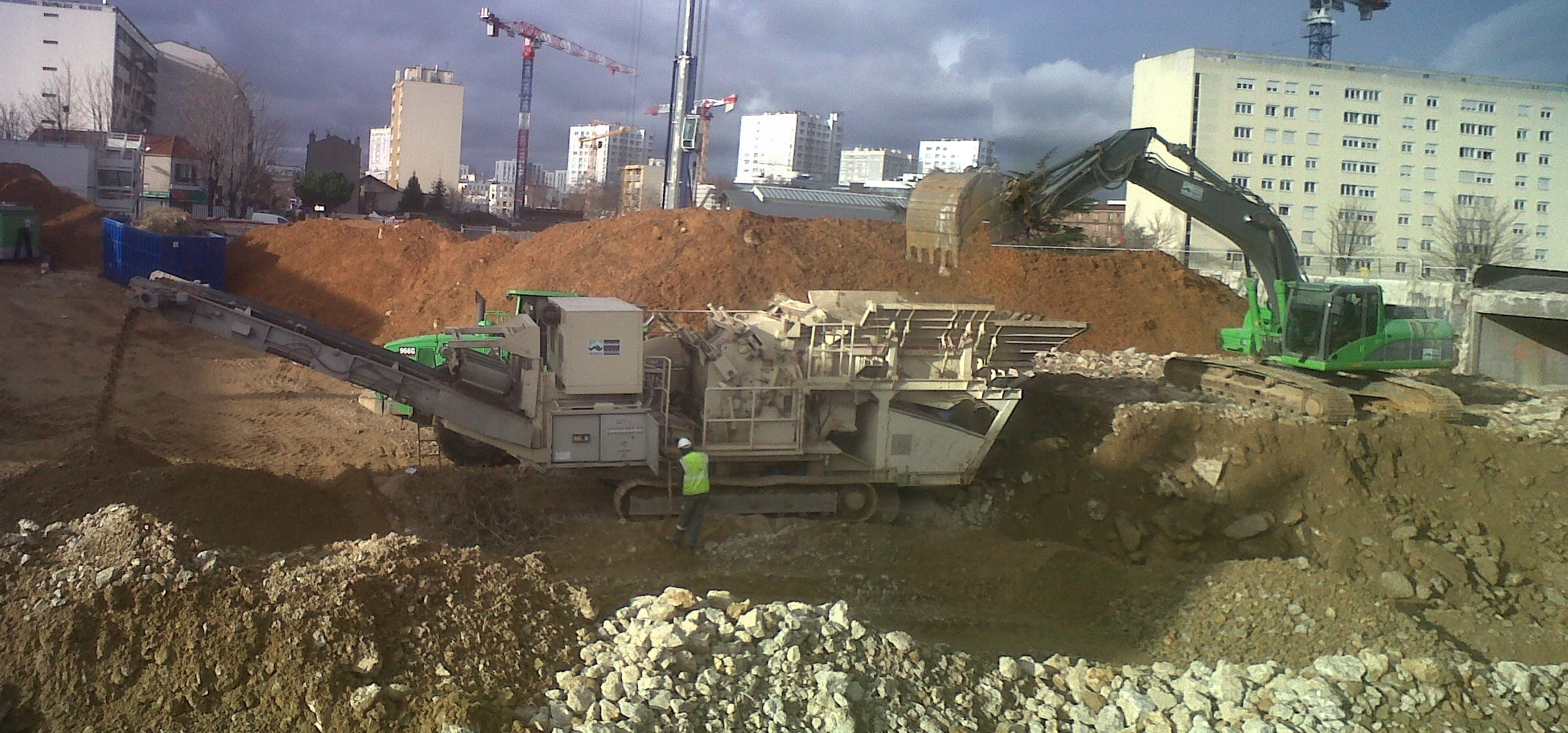Project
The Ile-de-France region’s Water Syndicate launched a project management request for proposals, meant to supervise the Puteaux’s new drinking water pumping station in place of the existing plant and reservoirs that date back to the 1910s. This industrial compound covers a 450 m2 ground footprint and was built on two levels. It contains:
- 3 pumping units of 530 m3/h to 5.5 m HMT;
- A chlorination unit;
- Electrical equipment (delivery station, transformers, TGBT premises and automation);
- HVAC equipment (heating, ventilation, air conditioning);
- Handling equipment (2-ton crane).
Under normal operation, the new station feeds a 2nd level network that is connected to Mount Valerian’s tanks, designed for a population of about 12,800 inhabitants (average flow of 4,400 m3/d).
In more non-standard cases, it secures a 1st level network, supplied by Choisy-le-Roi’s water treatment plant, and provides water for a population of about 1,750,000.
It also provides water (with a flow rate of 1,730 m3/h) for fire-fighting purposes for the Defense (Paris’ major business district).
Services
setec tpi led the design and construction Project Management Joint Venture and carried out the design and supervision of civil engineering work.
Key information
Client: Ile-de-France Water Union (SEDIF)
Design & Construction PM JV: setec tpi (contractor) – EPI – Michel REMON Architecture Workshop
Construction companies: Sogea GC IDF – Modern Buildings – Cico Centre – Actemium – ID Verde
Cost of construction: 8.6 million excluding taxes
Duration: 2009 – 2016

